Home>Home Appliances>Cleaning Appliances>What Is Wet Mop
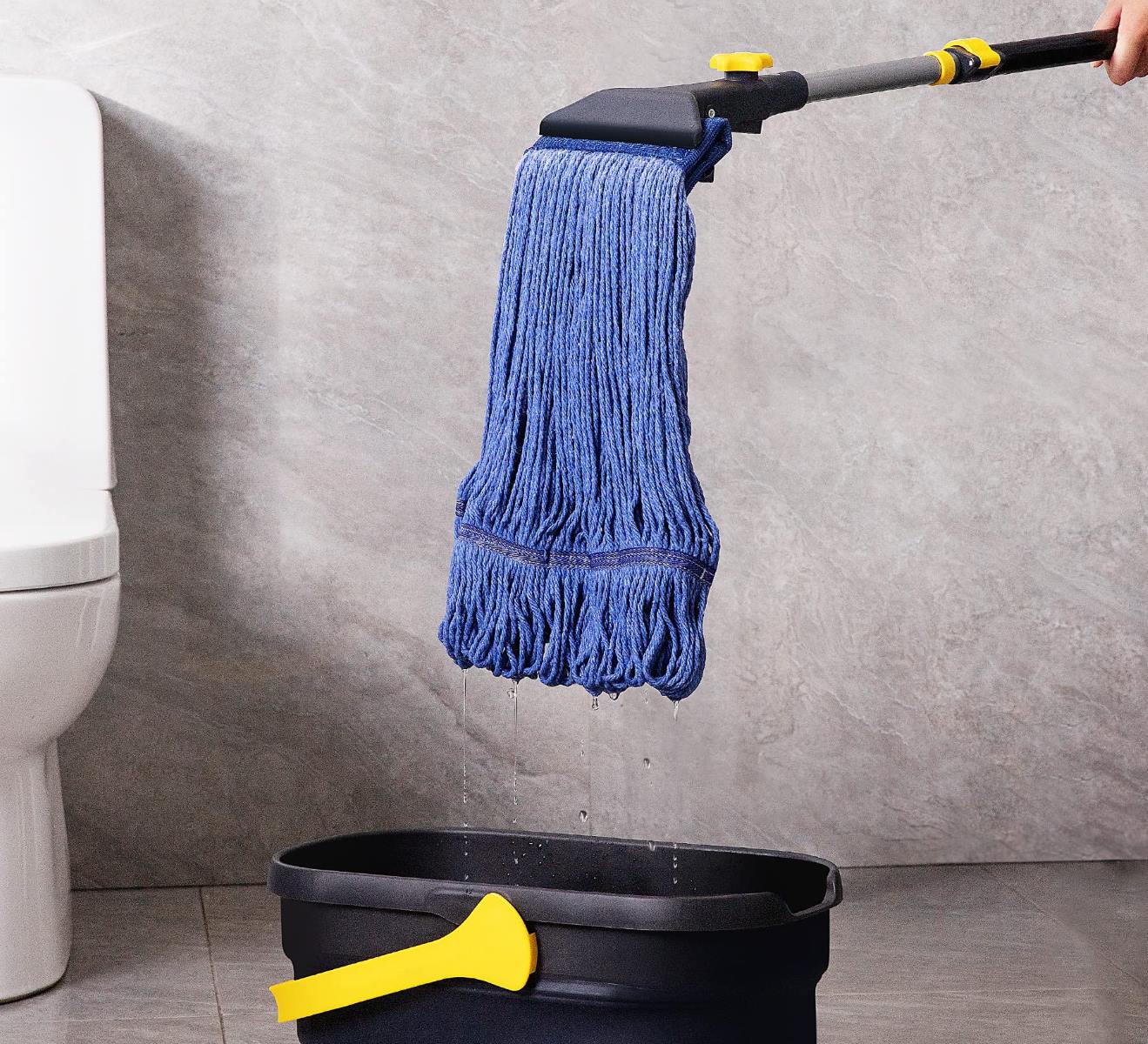

Cleaning Appliances
What Is Wet Mop
Modified: March 24, 2024
Discover the benefits of using a wet mop for cleaning appliances. Learn how to effectively maintain a clean and hygienic home with this essential cleaning tool.
(Many of the links in this article redirect to a specific reviewed product. Your purchase of these products through affiliate links helps to generate commission for Storables.com, at no extra cost. Learn more)
Introduction
Welcome to the world of cleaning appliances, where the humble wet mop reigns supreme. As we navigate the realm of household chores, the wet mop stands out as a reliable companion in the battle against dirt and grime. Its versatility and effectiveness in maintaining clean and hygienic living spaces make it an indispensable tool for homeowners and cleaning professionals alike. In this comprehensive guide, we will delve into the intricacies of the wet mop, exploring its various types, proper usage, advantages, and disadvantages. By the end of this journey, you will have gained a newfound appreciation for this unassuming yet essential cleaning implement.
Key Takeaways:
- Wet mops, like string mops, are essential for cleaning floors. They come in different types, each with unique benefits. Using them effectively can make floors sparkling clean and hygienic.
- While wet mopping effectively removes dirt and sanitizes floors, it can also lead to potential issues like prolonged drying times and residue buildup. Understanding its advantages and disadvantages helps in making informed cleaning decisions.
Read also: 8 Amazing Wet Mop For 2024
Definition of Wet Mop
A wet mop, also known as a string mop, is a cleaning tool consisting of absorbent strings or strips made from materials such as cotton, microfiber, or synthetic blends. These materials are attached to a handle, allowing users to effectively clean and sanitize various surfaces by dampening the mop with water or cleaning solutions. The design of the wet mop enables it to trap and remove dirt, dust, and stains from floors, making it a versatile and essential tool for maintaining cleanliness in residential, commercial, and industrial settings.
Wet mops are available in different sizes and materials, catering to diverse cleaning needs and preferences. The absorbent nature of the mop heads allows them to efficiently collect and retain liquid, ensuring thorough cleaning and leaving surfaces dry and streak-free. Whether tackling hardwood, tile, laminate, or other flooring types, the wet mop proves to be a reliable ally in the ongoing battle against dirt and germs.
Types of Wet Mops
Wet mops come in various types, each designed to address specific cleaning requirements and preferences. Understanding the distinctions between these types can help users select the most suitable wet mop for their cleaning tasks. Here are some common types of wet mops:
- Cotton Mops: Traditional and highly absorbent, cotton mops are ideal for general-purpose wet mopping. The natural fibers effectively capture dirt and liquid, making them suitable for a wide range of floor surfaces. However, they may require more effort to wring out and can be slower to dry compared to synthetic alternatives.
- Microfiber Mops: Known for their exceptional absorbency and ability to trap microscopic dirt and bacteria, microfiber mops are a popular choice for environmentally conscious users. They are effective for both wet and dry mopping, and their quick-drying nature helps prevent the growth of mold and mildew.
- Sponge Mops: Featuring a sponge-like head, these mops are well-suited for smooth and flat surfaces. They excel at quickly absorbing spills and are often equipped with wringer mechanisms for effortless moisture control.
- Strip Mops: With their long, looped strands, strip mops are designed for heavy-duty cleaning tasks. They efficiently dislodge and pick up stubborn dirt and debris, making them suitable for industrial and commercial settings.
- Flat Mops: These mops feature a flat, rectangular head and are commonly used for wet mopping hard floors. They are lightweight, maneuverable, and often come with reusable or disposable pads, offering convenience and cost-effectiveness.
Each type of wet mop offers unique benefits and considerations, allowing users to make informed choices based on their specific cleaning needs and preferences.
How to Use a Wet Mop
Using a wet mop effectively involves a systematic approach to ensure thorough cleaning and optimal results. Here are the steps to follow when using a wet mop:
- Prepare the Cleaning Solution: Depending on the type of flooring and the level of soiling, prepare a suitable cleaning solution. This may involve diluting a floor cleaner or using a specialized solution recommended for the specific floor surface.
- Wet the Mop: Submerge the mop head in the cleaning solution or dampen it thoroughly, ensuring that it is not overly saturated to the point of causing excessive dripping.
- Wring Out Excess Liquid: If using a traditional cotton or microfiber mop, wring out excess liquid to prevent over-saturation of the floor, which can lead to streaks and prolonged drying times.
- Mop the Floor: Starting from a corner, mop the floor in overlapping strokes, working your way across the entire surface. Pay attention to areas with visible stains or spills, applying gentle pressure to effectively lift and remove dirt and grime.
- Rinse and Repeat: Periodically rinse the mop head in clean water to remove accumulated dirt and residue, especially when cleaning larger areas. This helps maintain the effectiveness of the mop and prevents spreading dirt around.
- Allow the Floor to Air-Dry: Once the mopping is complete, allow the floor to air-dry naturally. If necessary, use fans or open windows to expedite the drying process, especially in high-traffic areas.
- Clean and Store the Mop: After use, thoroughly rinse the mop head and allow it to dry completely before storing it. Proper maintenance and storage help prolong the life of the mop and prevent the growth of mold and mildew.
By following these steps, users can harness the full potential of a wet mop, achieving clean and sparkling floors with efficiency and ease.
When using a wet mop, make sure to wring out excess water to avoid leaving streaks on the floor. This will help ensure a more effective and efficient cleaning process.
Advantages of Wet Mopping
Wet mopping offers several advantages that contribute to its popularity as a cleaning method. Understanding these benefits can help users appreciate the value of incorporating wet mopping into their cleaning routines. Here are some notable advantages of wet mopping:
- Effective Dirt and Stain Removal: Wet mopping efficiently lifts and removes dirt, stains, and spills from various floor surfaces, leaving them visibly cleaner and more hygienic.
- Sanitization and Disinfection: The use of cleaning solutions in conjunction with wet mopping helps sanitize and disinfect floors, reducing the presence of harmful bacteria and germs.
- Versatility: Wet mops are versatile tools suitable for a wide range of flooring materials, including hardwood, tile, laminate, and linoleum, making them adaptable to diverse cleaning needs.
- Environmentally Friendly Options: With the availability of eco-friendly cleaning solutions and reusable mop heads, wet mopping can align with sustainable and environmentally conscious cleaning practices.
- Quick and Convenient: Wet mopping provides a relatively quick and convenient method for maintaining clean floors, especially when dealing with routine maintenance and minor spills.
- Improved Indoor Air Quality: By effectively capturing and removing dust and allergens, wet mopping contributes to better indoor air quality, benefiting occupants, particularly those with respiratory sensitivities.
- Enhanced Aesthetic Appeal: Clean, well-maintained floors contribute to a visually appealing and welcoming environment, creating a positive impression for residents, visitors, and customers in commercial settings.
These advantages underscore the significance of wet mopping as a reliable and efficient approach to floor cleaning and maintenance, offering both functional and aesthetic benefits for various settings and applications.
Read also: 13 Best Swiffer Wet Mop For 2024
Disadvantages of Wet Mopping
While wet mopping offers numerous benefits, it is important to consider its potential drawbacks to make informed decisions about cleaning methods. Understanding the disadvantages of wet mopping can help users mitigate challenges and explore alternative approaches when necessary. Here are some notable disadvantages of wet mopping:
- Potential for Floor Damage: Overly wet mopping or the use of harsh cleaning solutions can damage certain types of flooring, such as hardwood or laminate, by causing warping, swelling, or discoloration.
- Time-Consuming Drying Process: Wet mopping can result in extended drying times, especially on non-porous surfaces, which may inconvenience occupants and limit access to mopped areas.
- Residue and Streaking: Improper mopping techniques or the use of excessive cleaning solutions can lead to residue buildup and streaking on floors, detracting from their appearance and cleanliness.
- Requirement for Regular Maintenance: Wet mopping equipment, including mop heads and handles, requires regular cleaning, maintenance, and replacement to ensure optimal performance and hygiene.
- Potential for Mold and Mildew Growth: Inadequate drying of floors or mop heads, especially in humid environments, can create conditions conducive to mold and mildew growth, compromising indoor air quality and cleanliness.
- Limited Effectiveness on Grout and Textured Surfaces: Wet mopping may struggle to effectively clean grout lines and textured surfaces, requiring additional scrubbing or specialized cleaning methods to achieve thorough results.
- Challenges with Grease and Oil Removal: Wet mopping alone may not effectively remove stubborn grease and oil stains from floors, necessitating the use of targeted cleaning products or techniques.
By acknowledging these disadvantages, users can adopt proactive measures to address potential issues associated with wet mopping, such as adjusting cleaning techniques, utilizing suitable cleaning solutions, and exploring complementary cleaning methods for comprehensive floor maintenance.
Conclusion
As we conclude our exploration of the wet mop and its role in the realm of cleaning appliances, it becomes evident that this simple yet versatile tool holds significant value in maintaining clean, hygienic, and visually appealing living and working spaces. The diverse types of wet mops cater to various cleaning needs, offering options that align with specific flooring materials and cleaning preferences. By understanding how to use a wet mop effectively, individuals can harness its capabilities to achieve thorough and efficient floor cleaning.
While wet mopping presents notable advantages, including effective dirt removal, sanitization, and versatility, it is essential to acknowledge its potential drawbacks, such as prolonged drying times, residue buildup, and the need for regular maintenance. By weighing these considerations, users can make informed decisions about incorporating wet mopping into their cleaning routines and implementing supplementary cleaning methods when necessary.
Ultimately, the wet mop stands as a reliable ally in the ongoing battle against dirt, stains, and germs, contributing to improved indoor air quality, enhanced aesthetic appeal, and the overall cleanliness of residential, commercial, and industrial environments. By embracing the strengths of wet mopping and addressing its limitations, individuals can elevate their cleaning practices, creating healthier and more inviting spaces for occupants and visitors alike.
As we bid farewell to this exploration, let’s carry forward a newfound appreciation for the wet mop and its pivotal role in the pursuit of cleanliness and hygiene.
Frequently Asked Questions about What Is Wet Mop
Was this page helpful?
At Storables.com, we guarantee accurate and reliable information. Our content, validated by Expert Board Contributors, is crafted following stringent Editorial Policies. We're committed to providing you with well-researched, expert-backed insights for all your informational needs.
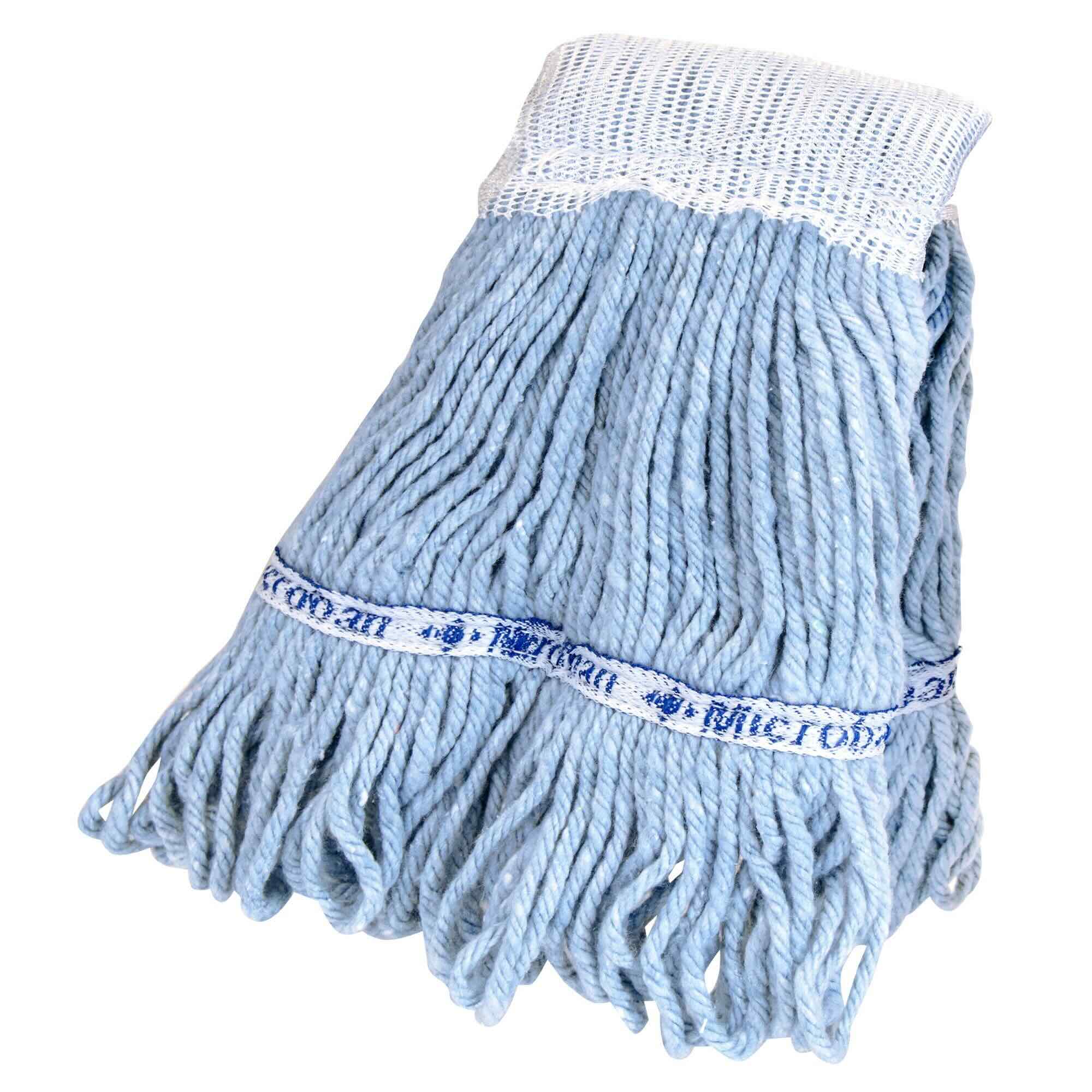
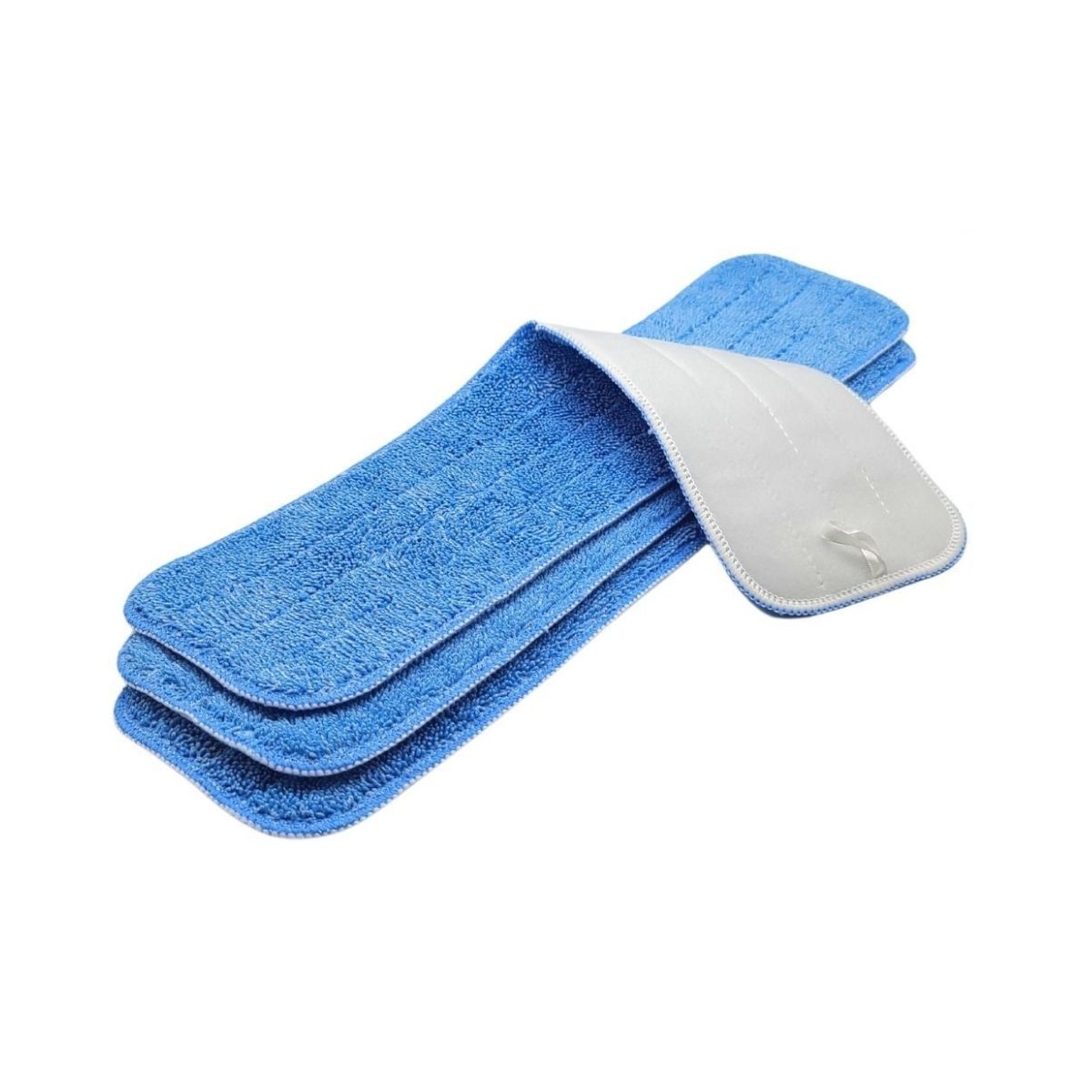
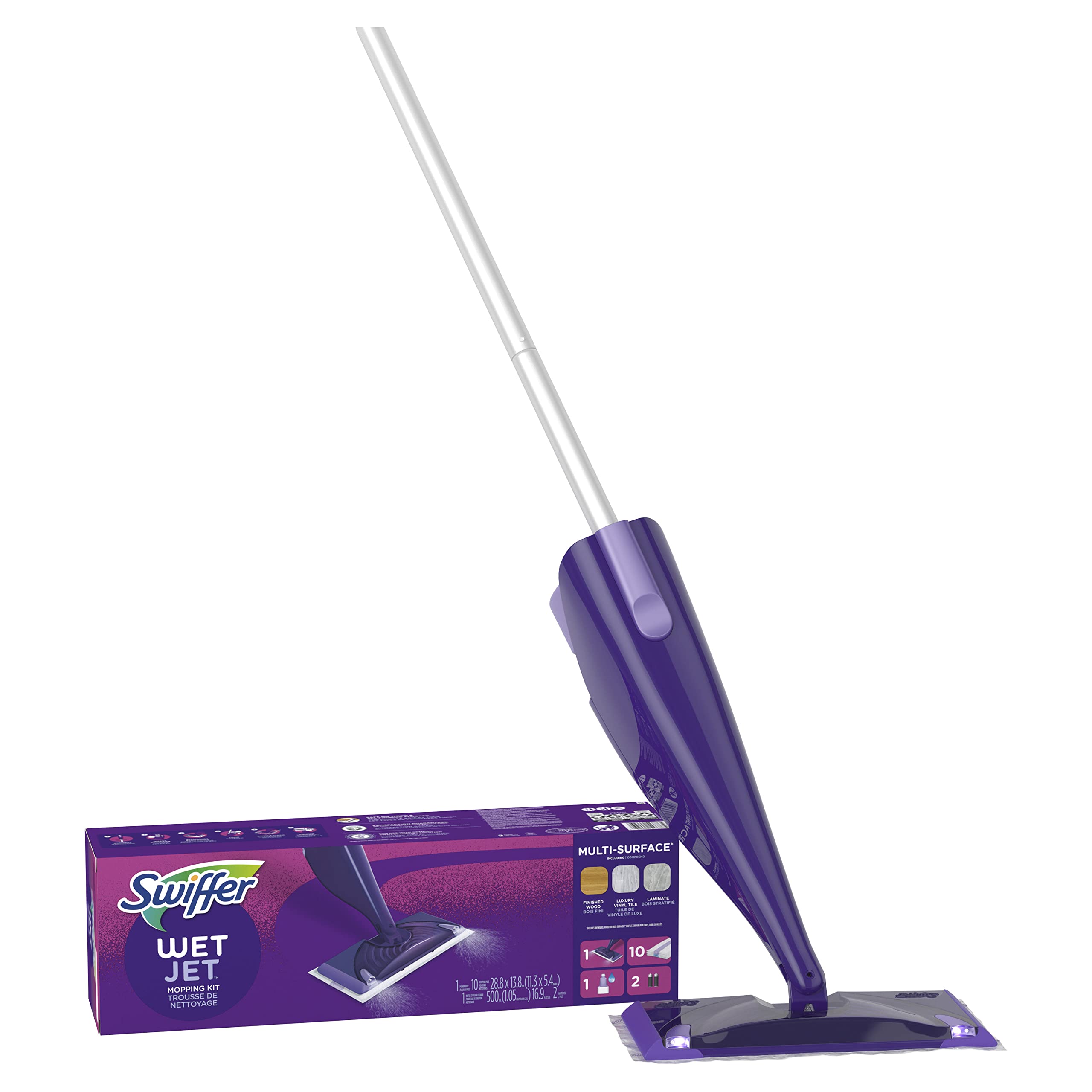
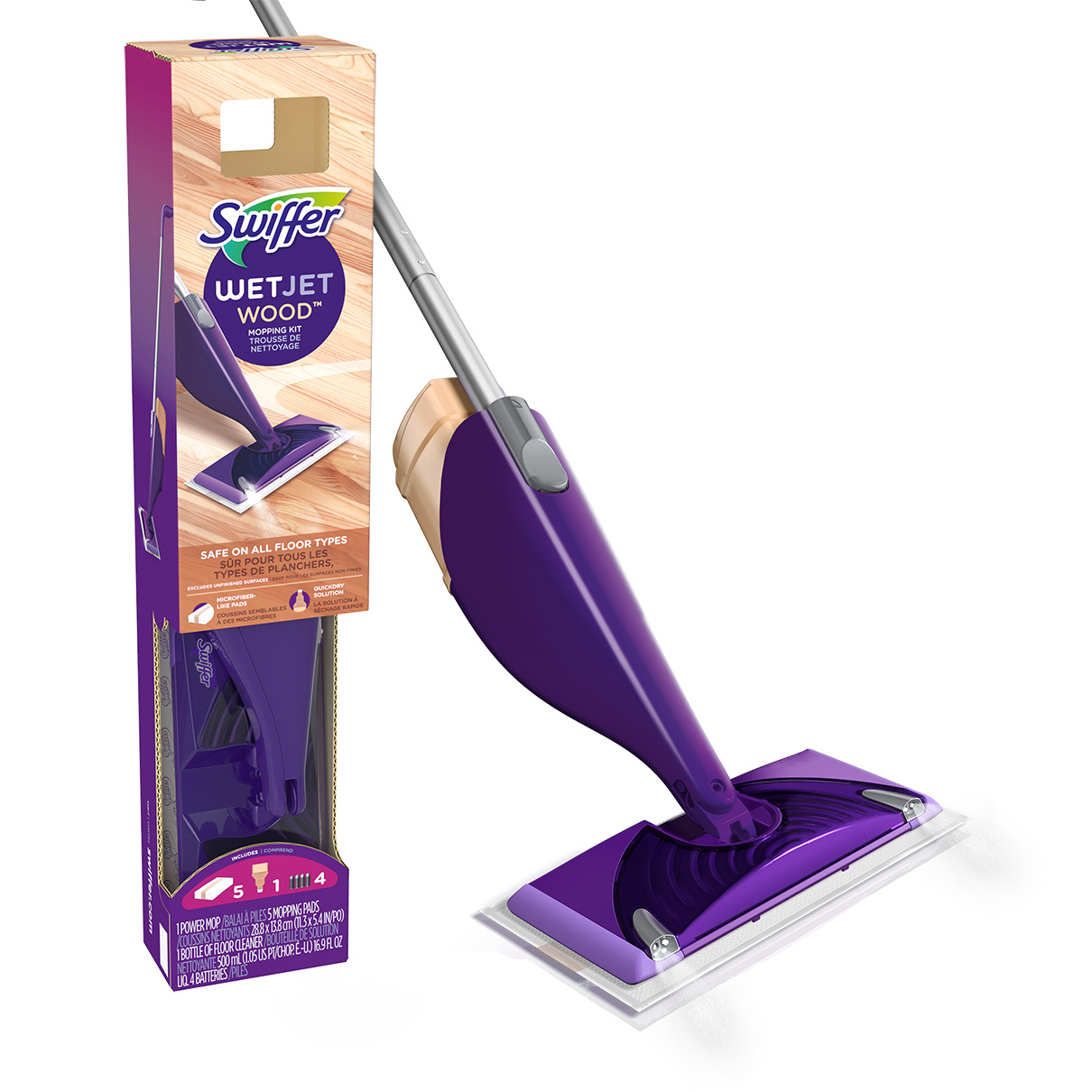
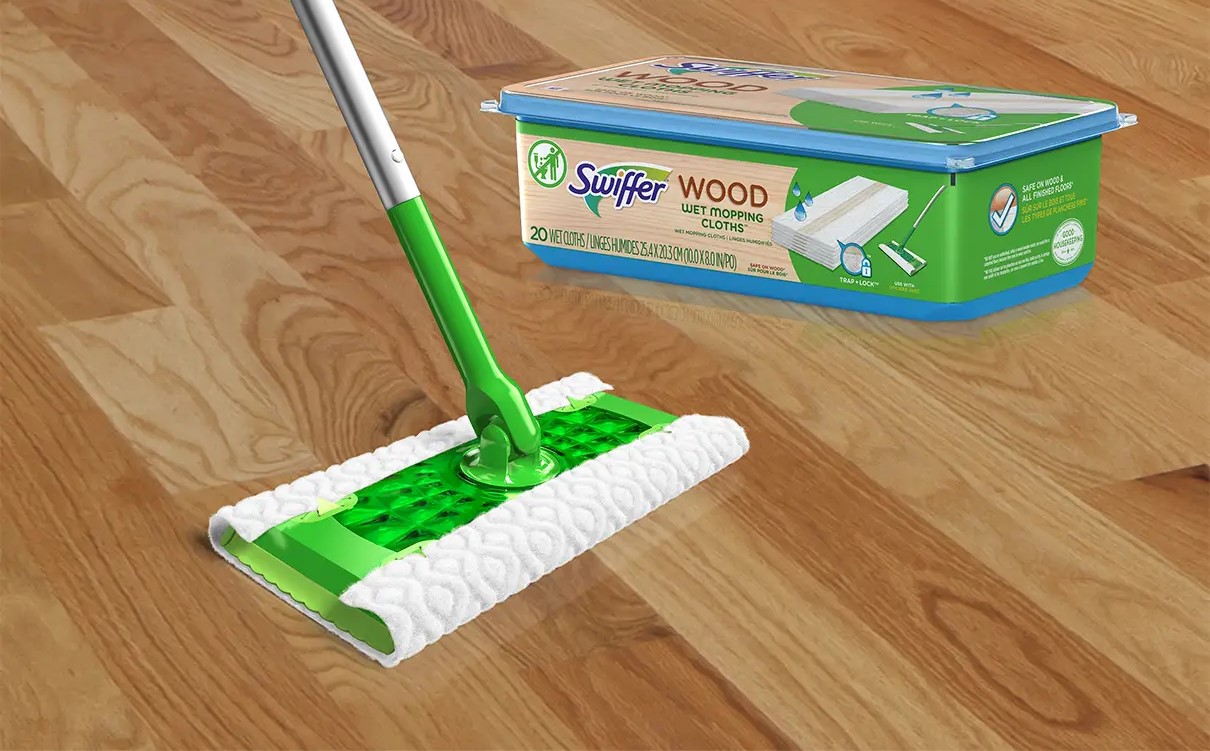
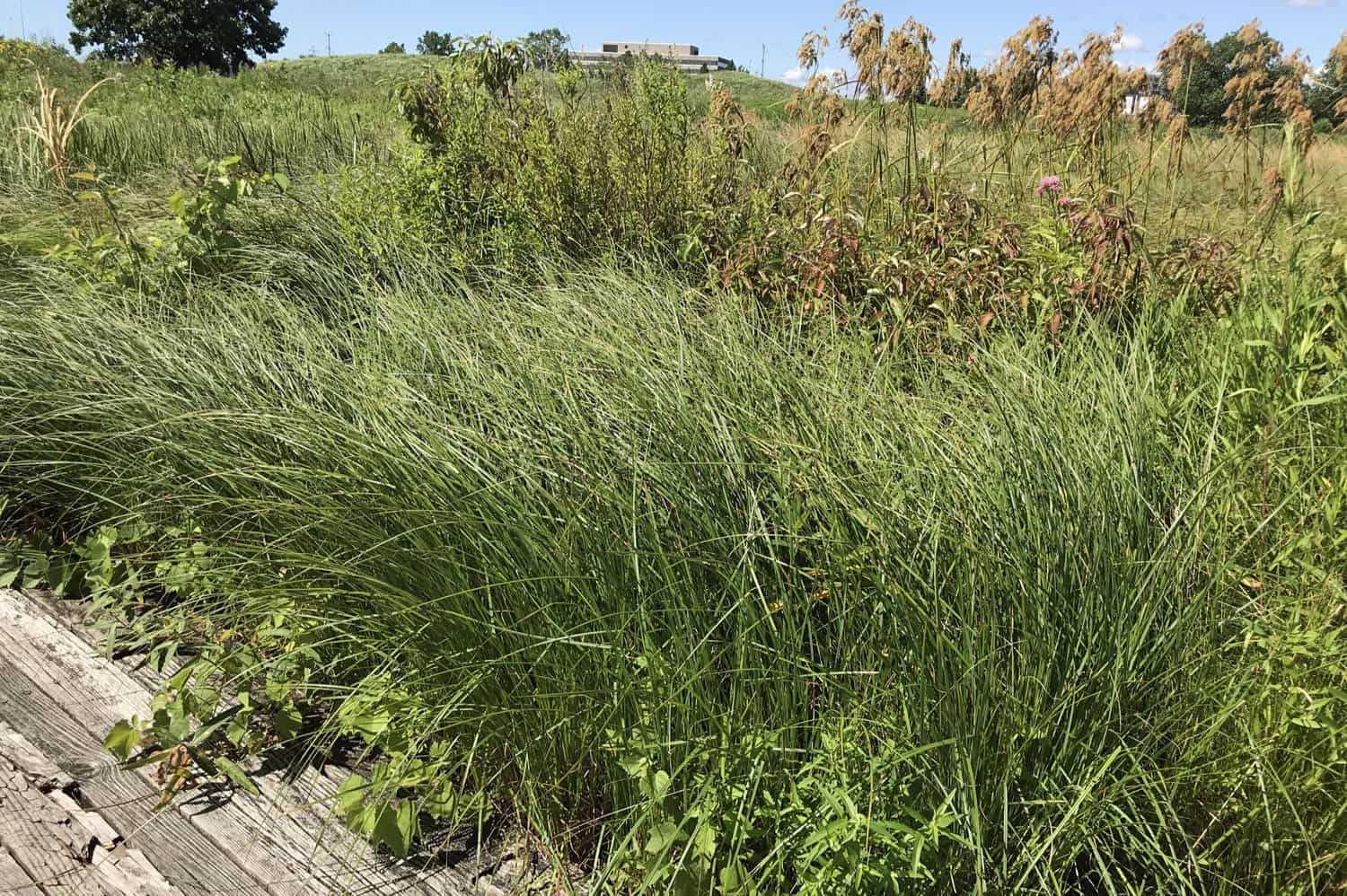
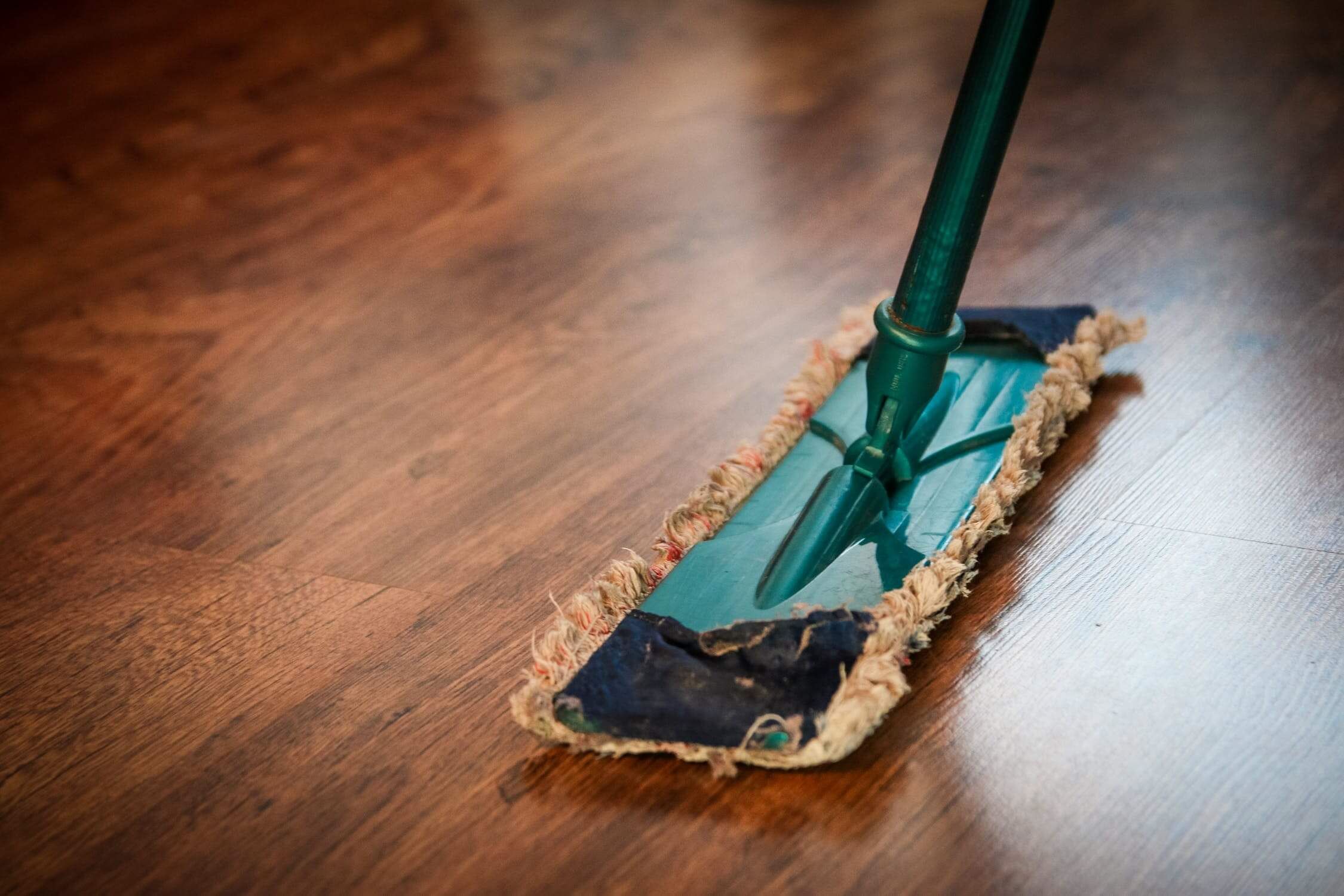
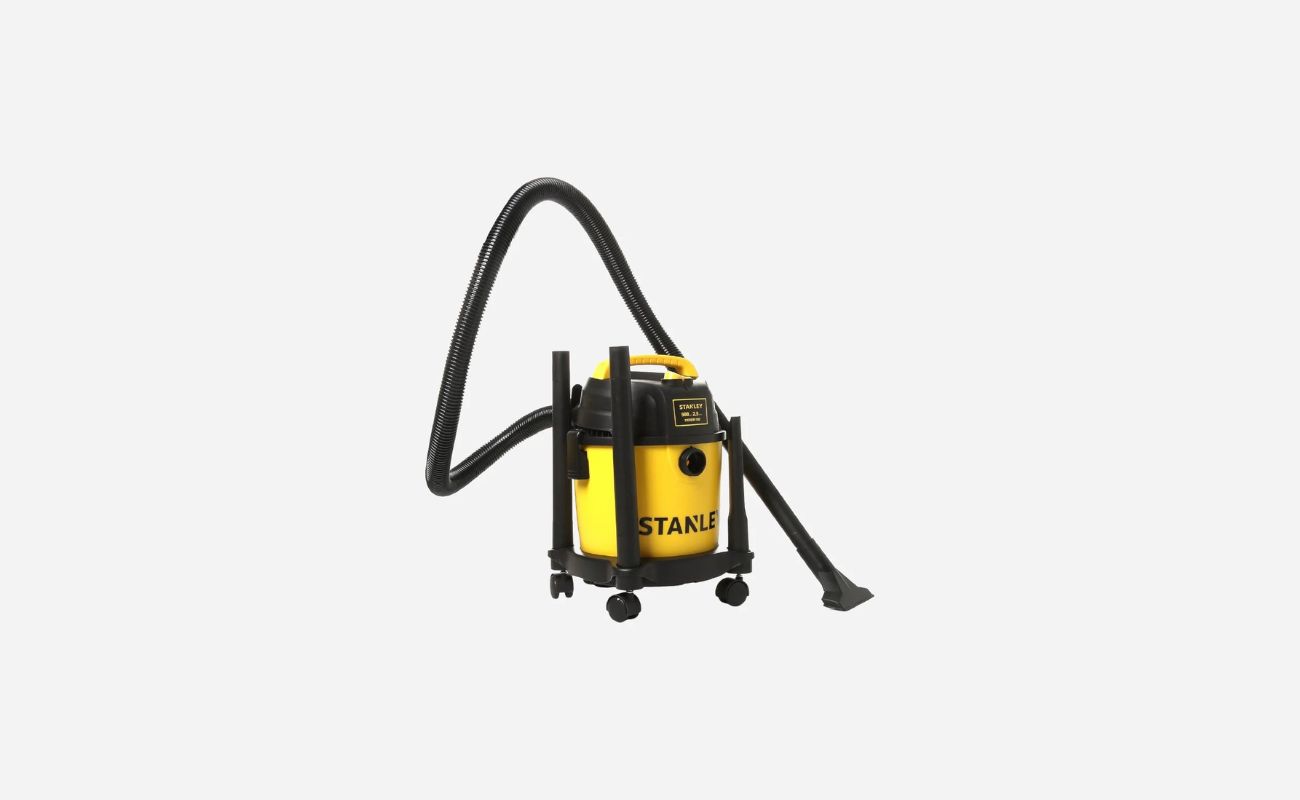

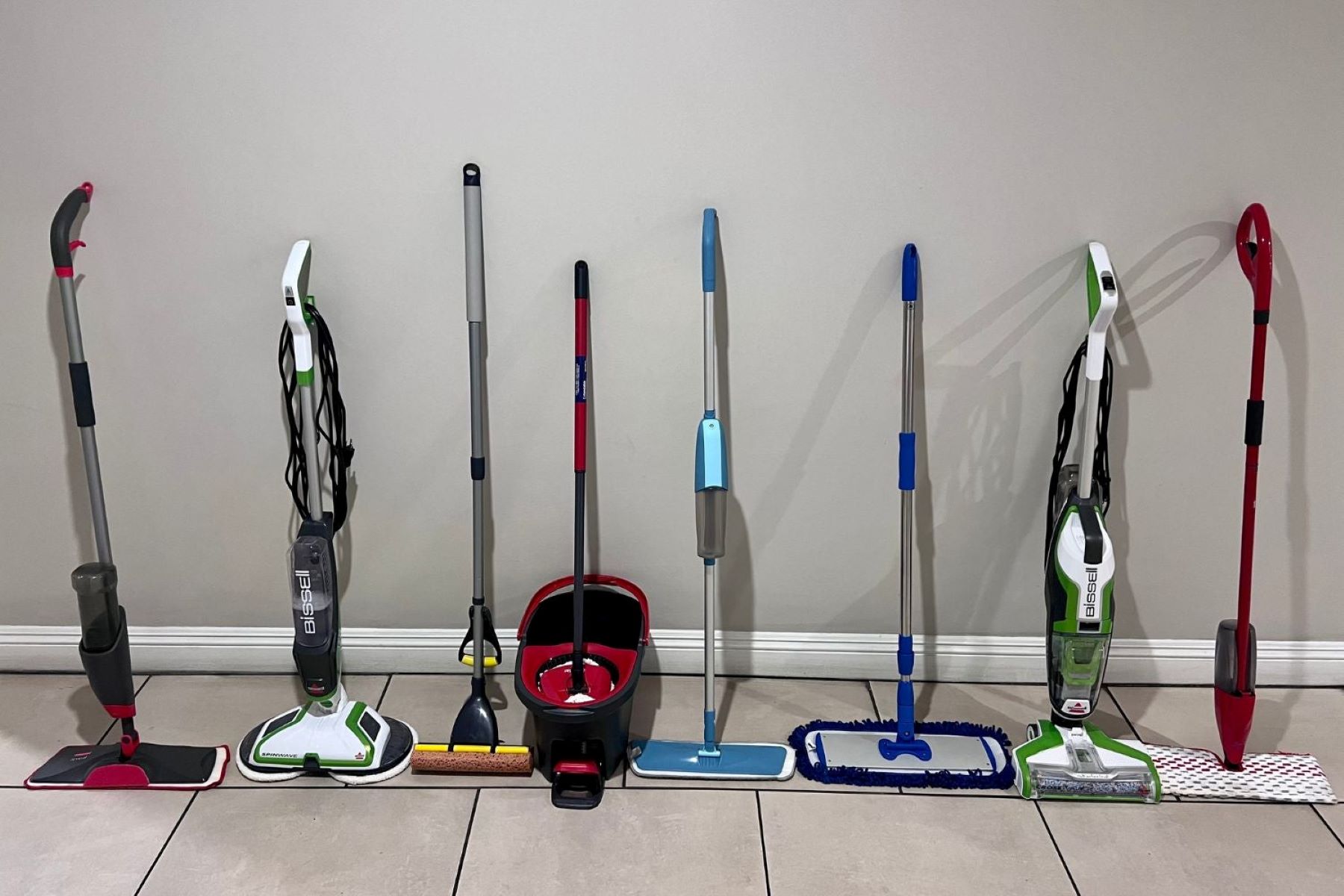
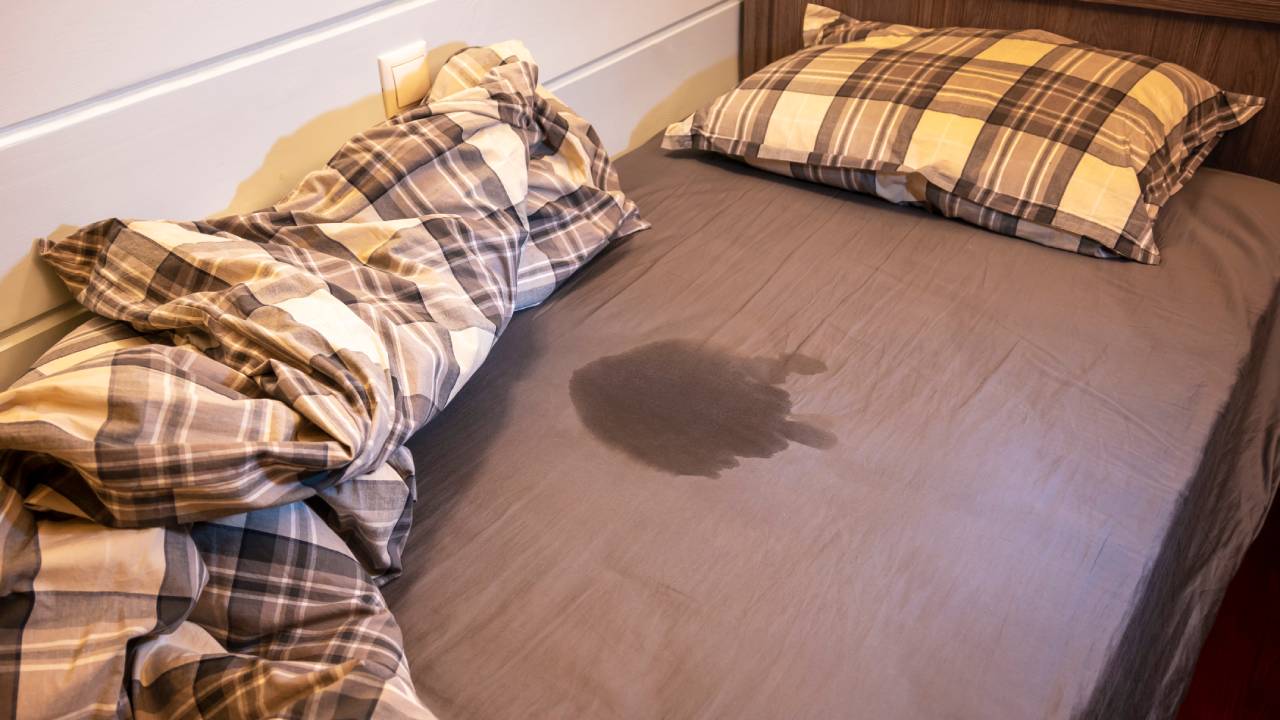
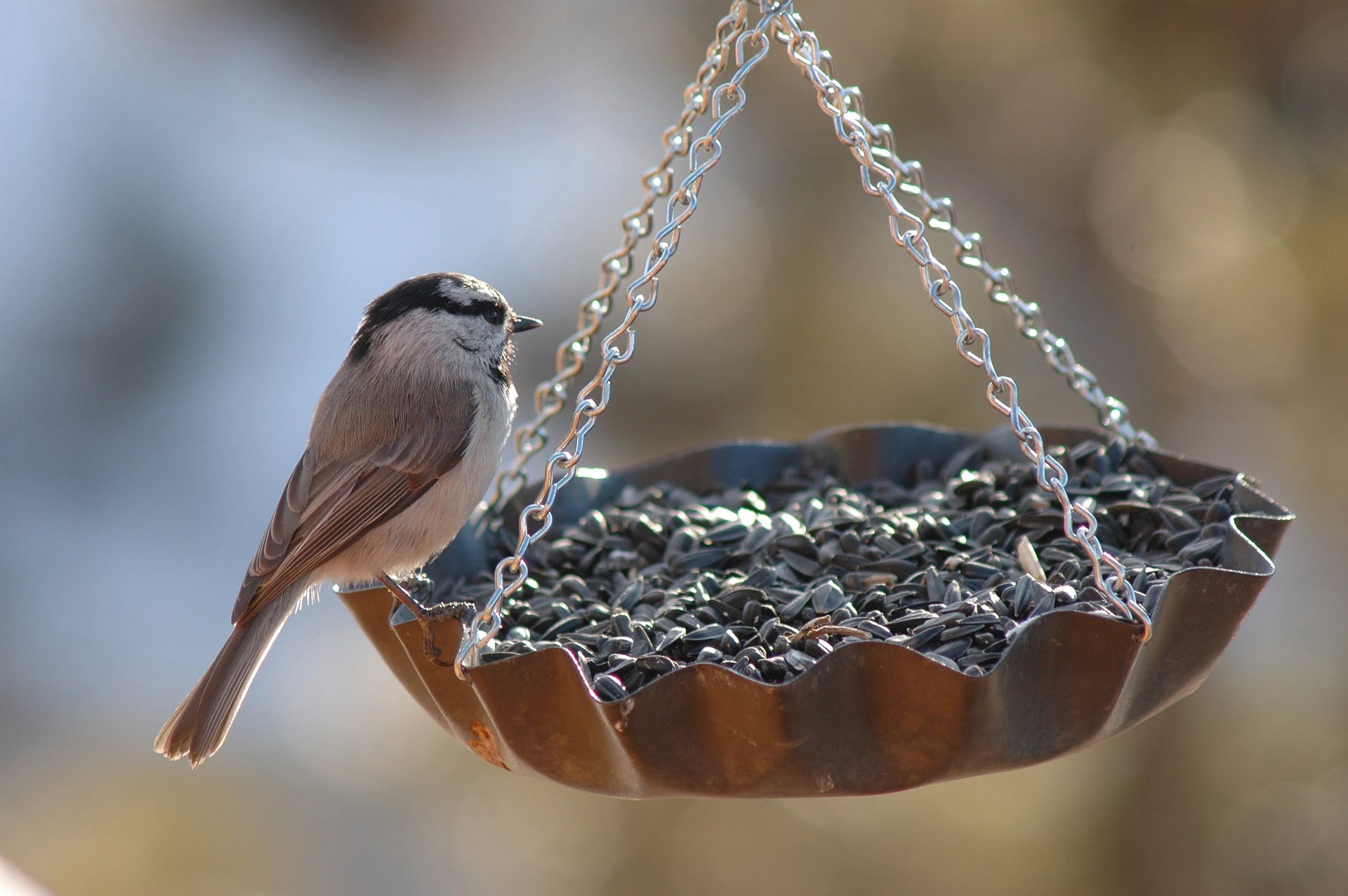
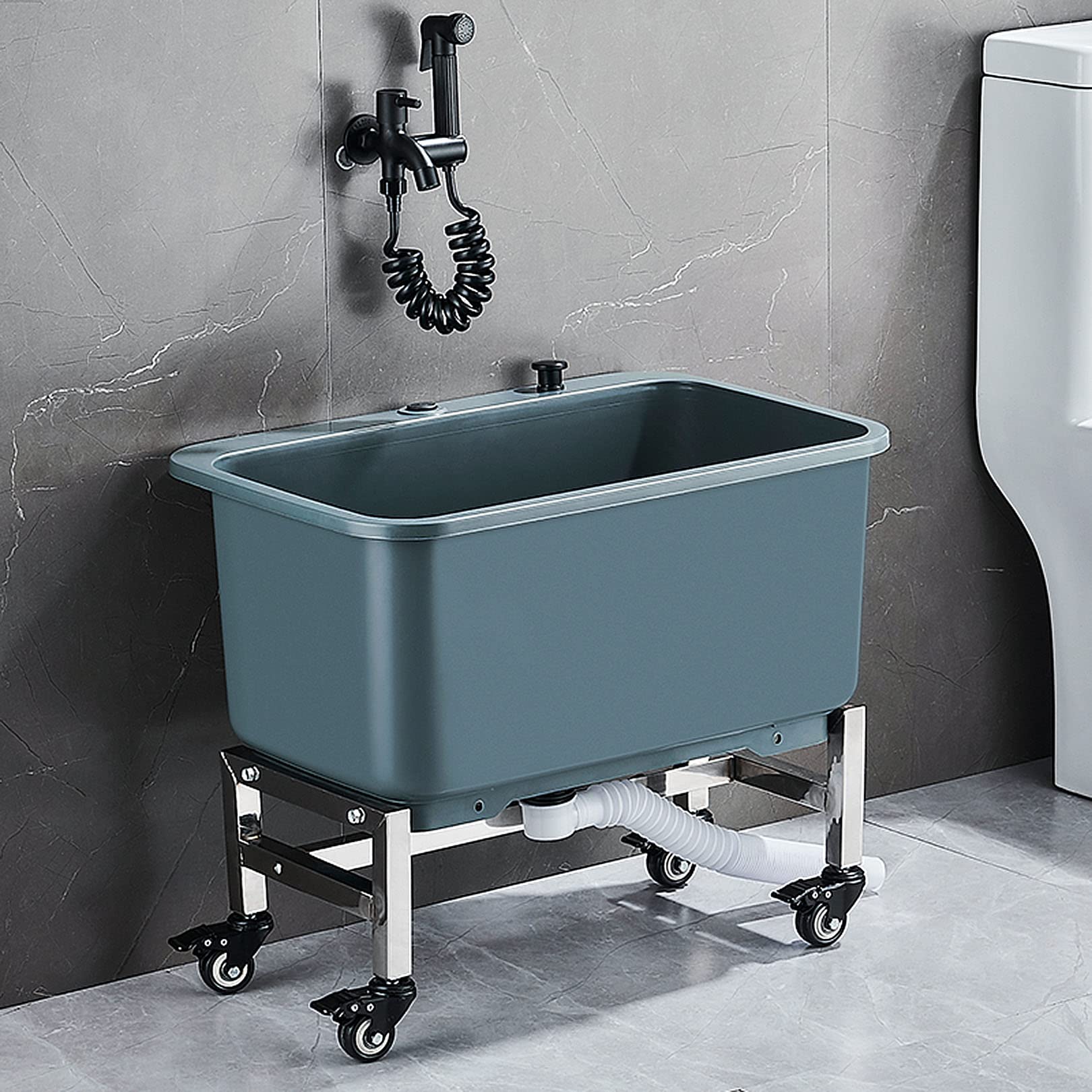
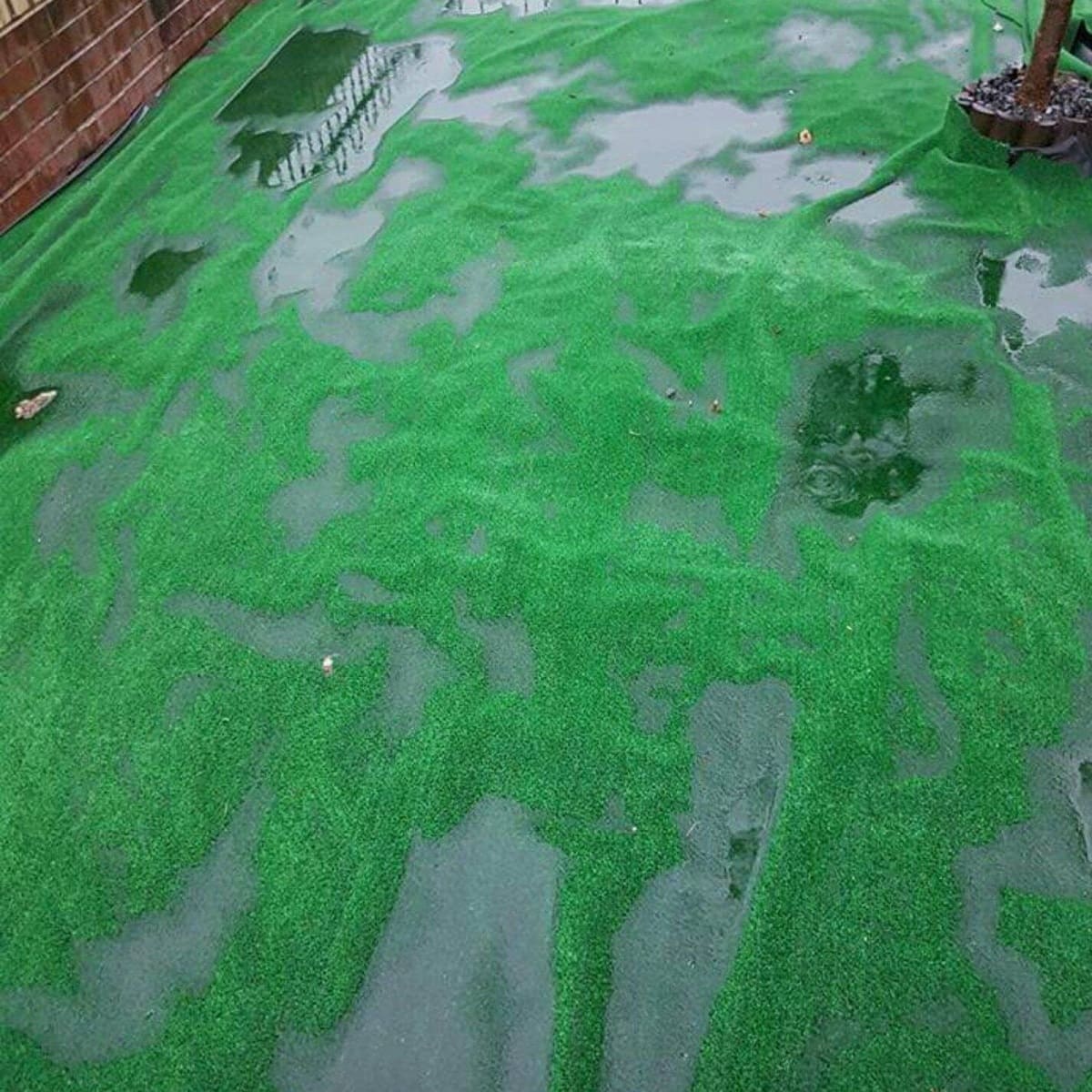

0 thoughts on “What Is Wet Mop”